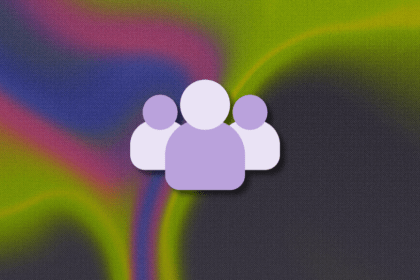
CX design is where branding meets user experience. In this blog, I talk about how it transforms every touchpoint into an opportunity to wow your customers.
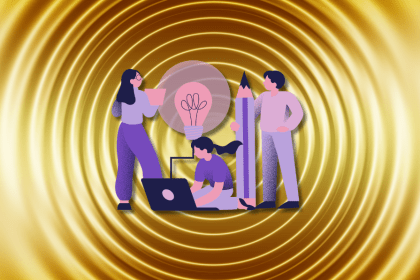
Design thinking doesn’t have to be all serious and structured. These 16 fun and easy exercises will help you and your team get creative, stay focused, and solve problems with a fresh perspective.

You’ll need to read this blog through and through to know what’s working and what’s not in your design. In this one, I break down key performance metrics like task error rates and system performance.
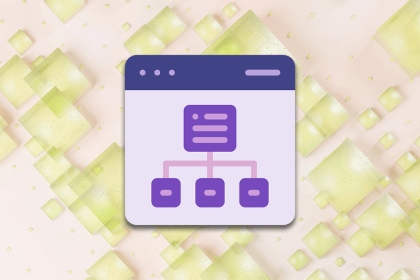
This article discusses UX sitemaps, the steps involved, and their importance in providing a roadmap for your website.

Talking to the wrong people? That’s research gone wrong. This blog will talk about how you can craft your screener surveys to keep your data clean and your findings on point.
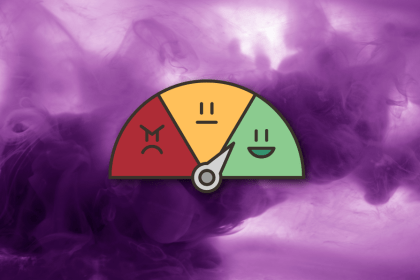
It’s lesser known, but brands simplify decision-making for users who settle for “good enough” instead of the perfect choice. In this blog, I do a thorough analysis of what brands use satisficing and how, and which ones don’t.

Designing for enterprise isn’t just about looks — it’s about making complex workflows easy. Here’s how to do it right.
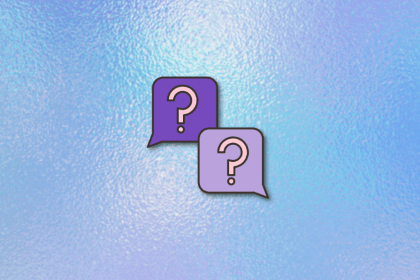
User interviews are great — only if you don’t rush them. In this piece, I share how using debrief questions in research can help capture better insights and improve your interview process.
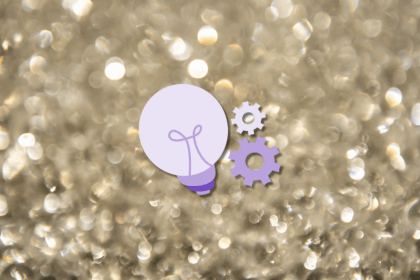
When you’re struggling with brainstorming roadblocks, SCAMPER can help come up with sharp ideas and keep your UX design project on point.

During a research session, you often uncover little bits of information that you eventually bring together to form a hypothesis. […]
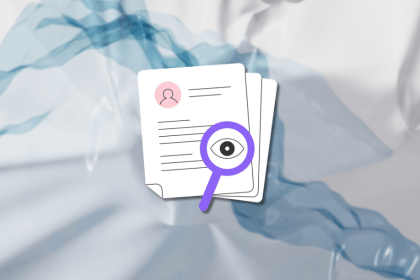
Specificity is essential in job descriptions for any level. This blog will guide you in crafting an ideal UX designer job description.
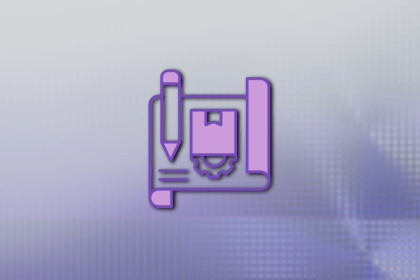
Use a low-fidelity prototype for your design whenever you need to experiment with ideas in the UX research analysis stage.